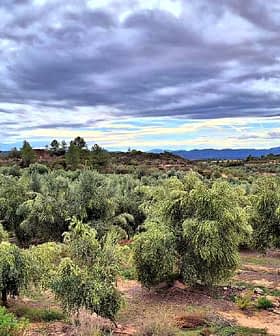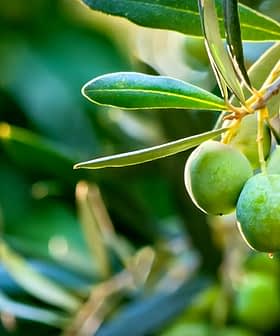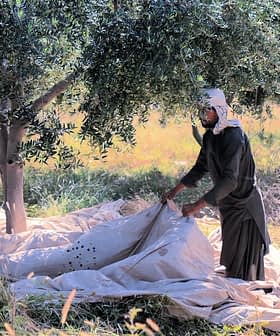Olive Council's New Agreement Takes Effect
The agreement aims to boost the involvement of importer countries by making participation shares more appealing.
 IOC Headquarters in Madrid (Google Earth)
IOC Headquarters in Madrid (Google Earth)The International Olive Council implemented a new International Agreement on Olive Oil and Table Olives, approved by the United Nations in 2015, to encourage importer countries to participate by adjusting the calculation of participation shares based on imports. The agreement, which took effect on January 1, focuses on standardization, research, olive growth and technology, and the “olive economy,” aiming to increase collaboration among olive oil producing and consuming countries.
The International Olive Council (IOC) initiated its new International Agreement on Olive Oil and Table Olives — the sixth such agreement drafted by the organization.
Approved by the United Nations at its Conference on Trade and Development in 2015, the agreement that took effect January 1 aims to boost the involvement of importer countries by making participation shares more appealing — a fiscal incentive to join the organization in its global efforts.
See Also:International Agreement on Olive Oil and Table Olives, 2015
As a successor to the trade agreement made in 2005, three key issues stood as the main objectives of the agreement: 1) standardization and research; 2) olive growth and technology; and 3) the “olive economy.”
With respect to the 2005 agreement, the biggest change is the calculation of participation shares that includes the volume of imports. Previously, this variable was not included as a factor in determining share values in participating countries.
The new formula from which the IOC may derive participation shares is:
q = 1/3 (p1 + p2) + 1/3 (e1 + e2) + 1/3 (i1+i2) — with p1 standing for average olive oil production over the last six crop years and p2 standing for table olive production (then converted into its olive oil equivalent).
In the equation, e1 and e2 represent customs exports of both commodities and i1 and i2 represent imports of the same.
By adjusting the percentage of the share value to reflect imports, the new agreement aims to increase the participation of countries that are not major producers of olives and olive oil.
The minimum number of participation shares guaranteed any participating country is five, out of a total of one thousand, divided among each territory.
The EU is currently the largest shareholder with 717 participation shares; Tunisia places second with 67 shares; Turkey rests in third with 66 shares.
Reflective of production volume, the countries of Morocco, Egypt, Algeria and Argentina have shares in the high teens and above; while Middle Eastern countries like Iran, Iraq and Israel remain at the base five-participation-share level.
The United States is not a member of the IOC.
From its founding on Valentine’s Day, February 14, 1956, the IOC has taken strides in connecting international bodies in the marketplace, making it the “only intergovernmental organization in the world to bring together olive oil producing and consuming stakeholders,” as described on their website.
The IOC’s December 2016 Market Newsletter detailed the agreement made between forty countries including the EU and the UK.
By offering the new incentives to participate in the collaborative structure by creating greater benefits, the IOC leads the charge in establishing itself as an authoritative and commanding body of leadership among olive oil and table olive producing and consuming countries.
As the global economy waxes and wanes, the IOC has bolstered its efforts to create a fortified union of like-minded governments.









